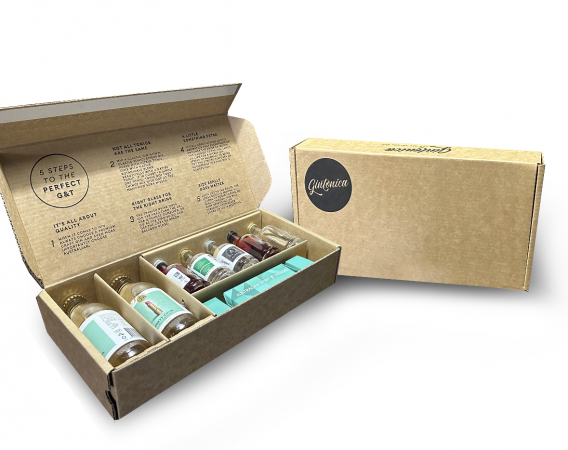5 Protective Packaging Tips for Your Products
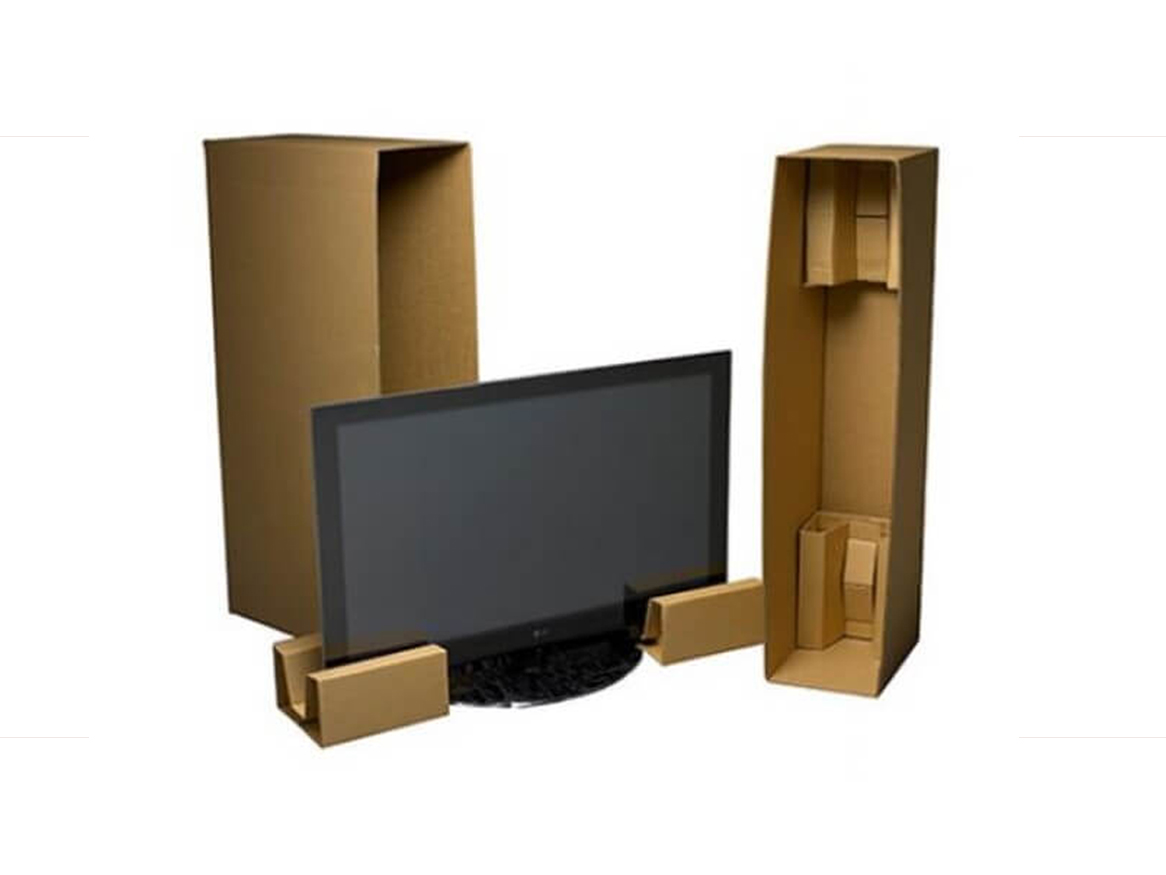
In a world where leaving a product review is only a few clicks away from a smartphone, it’s vital for your products to arrive on your consumers’ doorsteps in mint condition. Delivering damaged goods can result in negative backlash regarding the quality of your products and affect your reputation as a company.
To help prevent users from taking to social media to leave your business a critical review, make sure your products are safe from harm with suitable protective packaging. Below are some key tips for providing greater protection with your packaging:
1. Customise Your Packaging
Customising your packaging takes all of your particular product’s needs into consideration including size, shape, weight and levels of protection. It helps you identify and understand any potential hazards for your products when they are shipped to customers. Quality, customised packaging can help you avoid delivering damaged goods which can lead to potentially bad product and service reviews. It can also save you the time and money involved with issuing replacements and refunds.
2. Use Protective Inserts
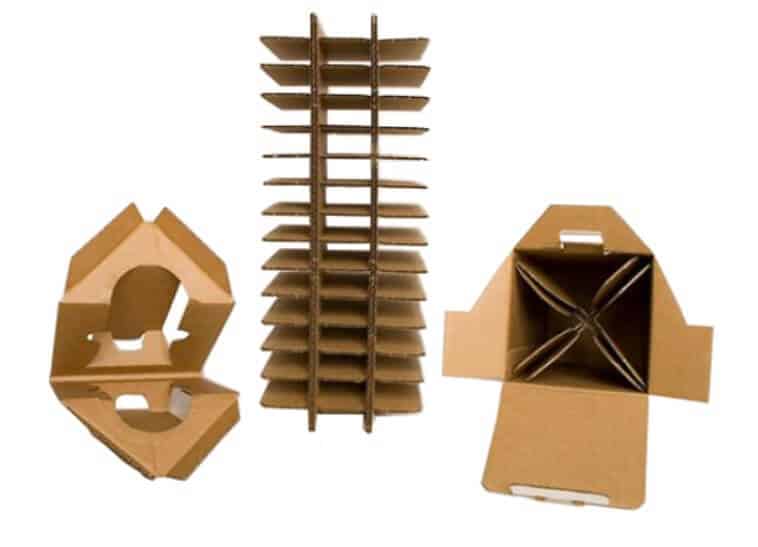
Protective inserts are extremely useful when it comes to protecting regular items, multiple small items bundled into one package as well as odd shaped items.
Not only to do they add an external layer of protection to the item but they prevent items from moving around, making them less likely to damage during freight. Cardboard protective inserts are also 100% recyclable and can be conveniently stored flat to save on warehouse space.
3. Consider the Size
In the world of packaging, size definitely matters! Having extra space within a package can be hazardous for your products unless they have protective inserts or padding. Creating as little space as possible will also help lower your shipping costs and save warehouse space. One of the extra benefits of using corrugated cardboard is the material is highly pliable – it can be shaped and reshaped easily so you can accommodate a range of products which require different packaging sizes.
4. Avoid Over-Packing
While it might seem like a good idea to condense items into one package to save on wasting packaging and costs, most cartons are designed to take a certain amount of load and weight. Specific individual item packaging can offer much greater protection for your goods, especially if they are high value or fragile. This way each item can benefit from its own individual, protective packaging and is at less risk of damaging surrounding products or causing the seal on the package to break.
5. Test Your Packaging
Before you make any bulk purchases or final decisions with your packaging, make sure you have tested and trialled different packaging options to find the most suitable protection for your products. Performing tests helps to ensure that your packaging needs are met based on your product and the modes of transportation you will be using to distribute your product.
Our dedicated team of designers at PPI Create will customise a packaging or display solution to meet the specifications of your product. Industry knowledge and experience, combined with our commitment and care for your business ensures an optimal packaging solution to transport or display your products.
Connect with us or call us on 1800 25 8000 to book your FREE initial packaging consultation.
Recent case studies
Article
5 Reasons Why Bespoke Product Packaging is Important
In the era where consumers are increasingly transitioning to online shopping, product packaging and the unboxing experience it creates for a customer ...
More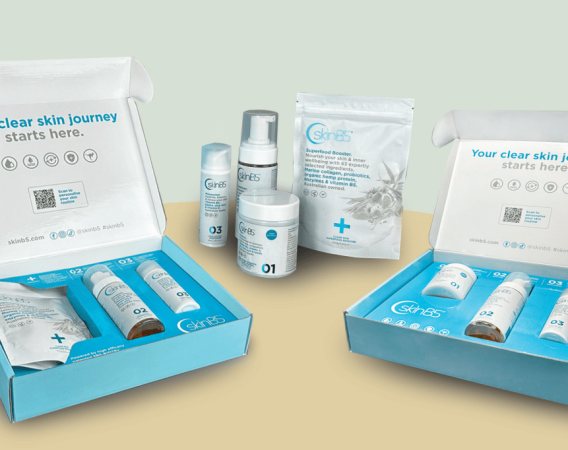
Article
Packaging Design Considerations for Heavy, Bulky & Oversized Items
Here at Production Packaging Innovations, there’s no packaging job too big, too small, too heavy, too bulky or way too oversized. When packagi...
More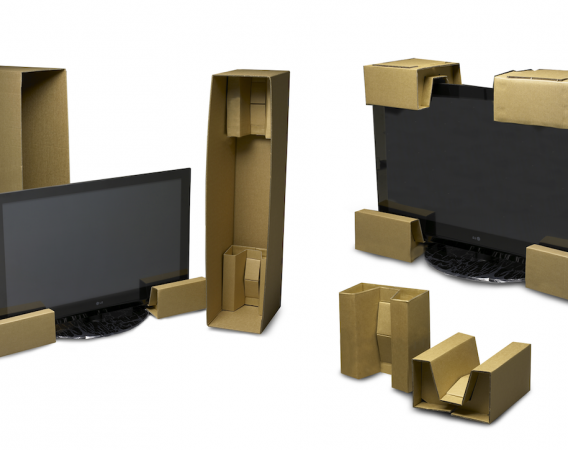
Article
What To Consider For Your Next Trade/Sample Kit?
A trade/sample kit is how businesses, especially manufacturers showcase their products for quality checks and industry feedback to potential clients. ...
More